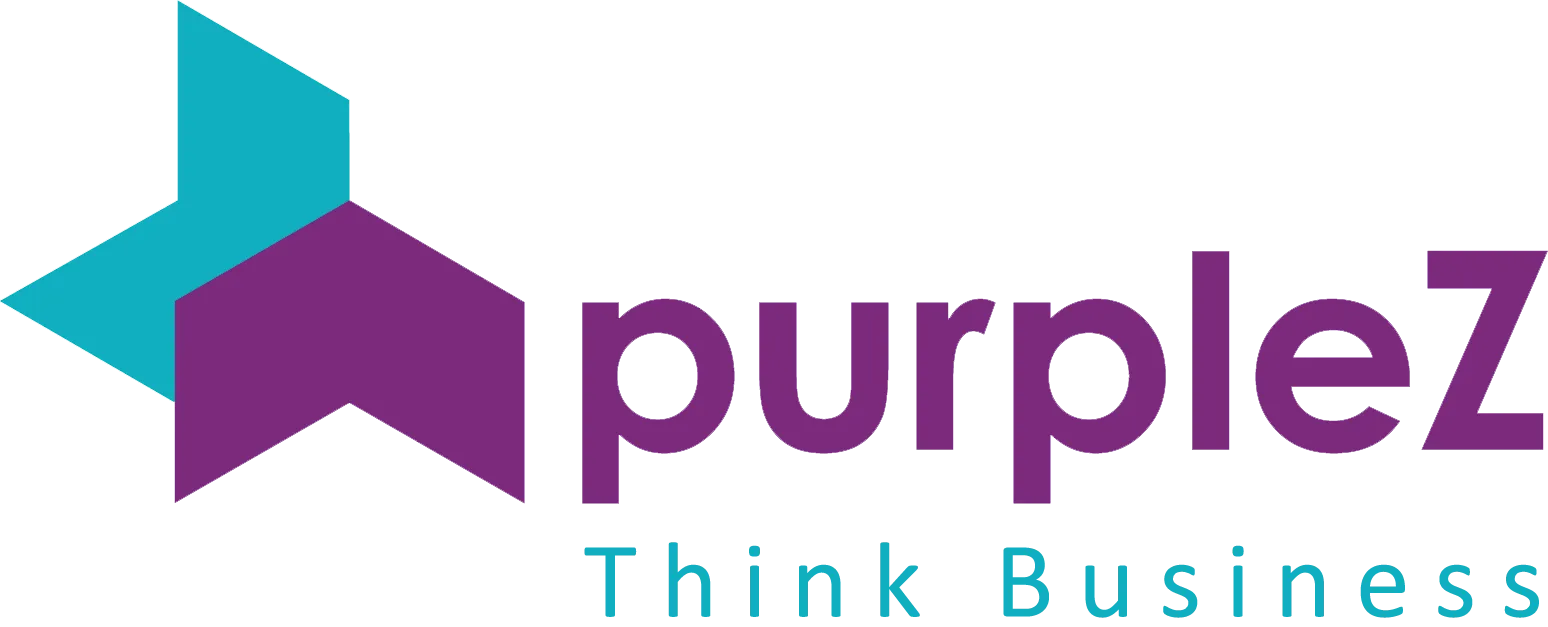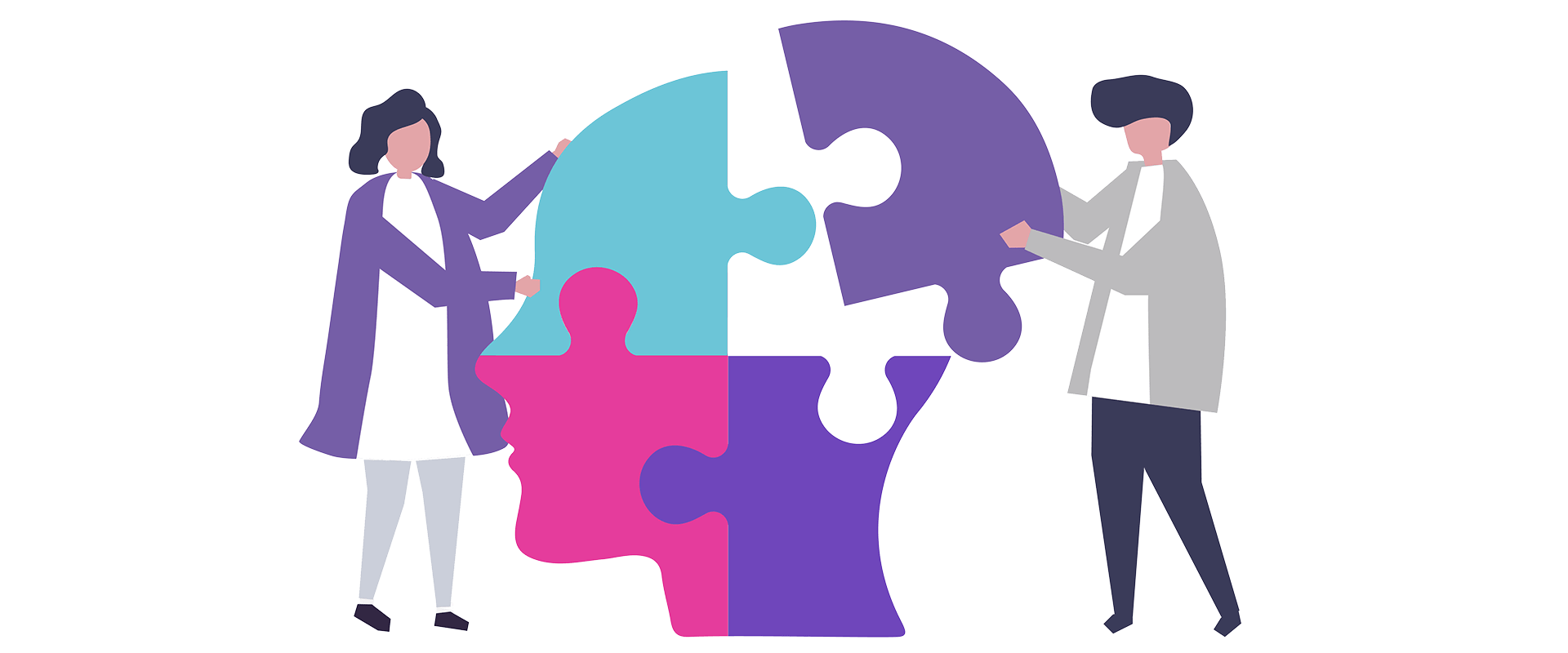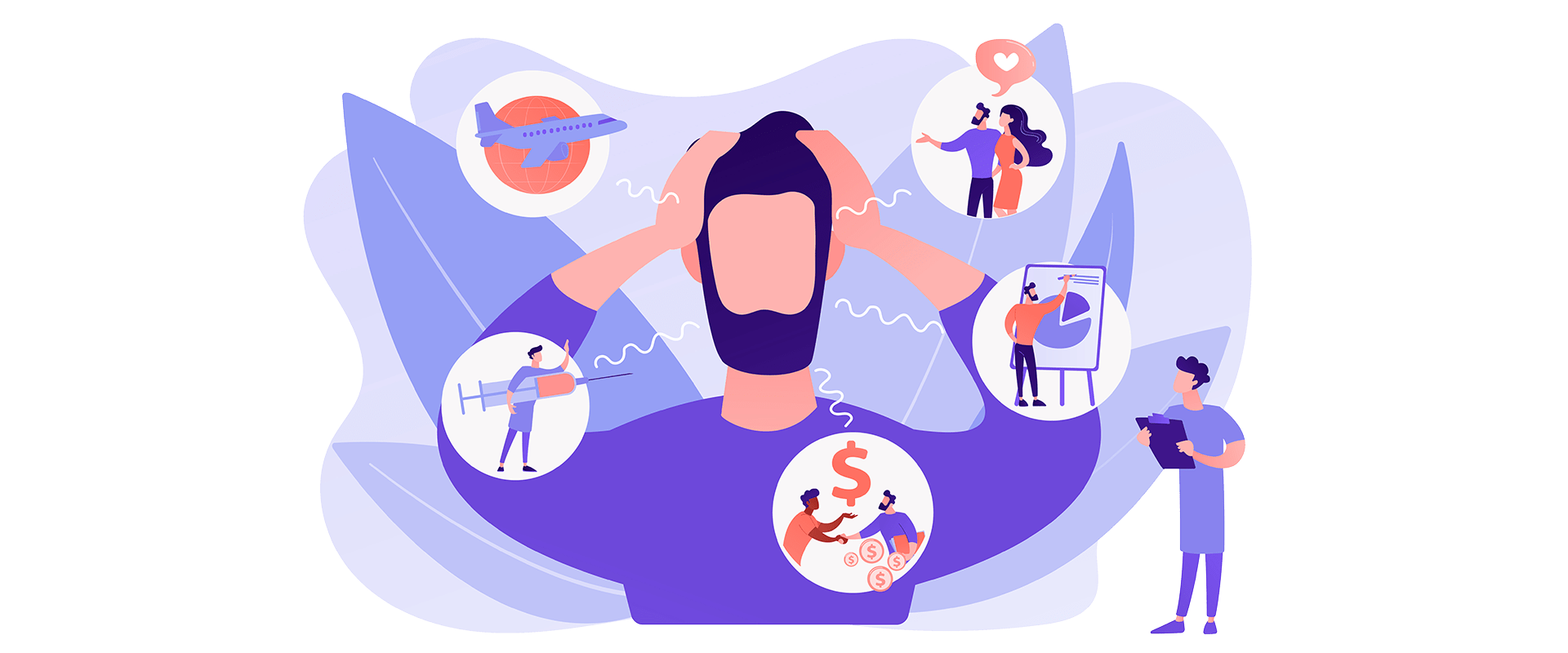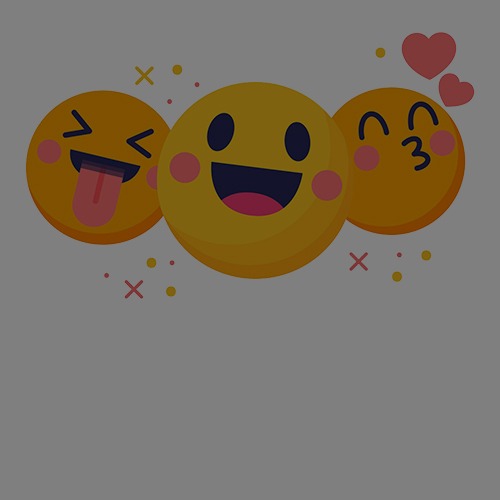Marketing psychology is defined as “incorporating a range of psychological principles into your sales and marketing strategy.” Innovative and tactful marketers use marketing psychology intricately to engage more customers. They need how to convert possible customers into permanent ones.
Lessons from marketing psychologists
All great marketing psychologists and marketers know behavioral psychology of any kind to persuade customers. They implement unique and triggering marketing psychology strategies to boom sales. Marketing psychology is an exciting topic for marketers, marketing psychologists, digital marketing strategists, marketing companies, and bloggers. I am sure that you will enjoy reading it. To convince and convert more people with your marketing, you need to know the following lessons about psychology.
Read more: 2021 Digital marketing Strategy to drive results
1. Reciprocity Principle
Reciprocity is defined as: if someone does something (positive)for you, you inherently will do something positive for them and feel more cooperative. You can make gain new customers, retain customers, and have loyal customers. You can use free online guides, e-books, coupons.
2. Social sharing
One easy way to get supportive benefits from social proof is on your blog. Use social sharing buttons in your blogs to promote your content and attract many customers.
Read more: 5 Absolute tips for Social Media Marketing
3. Scarcity and urgency
Have you ever noticed some taglines (such as “ three days left,” “ just one seat left”, “ don’t lose this exceptional off”) that bring about a feeling of urgency by offering rare opportunities or products? This is a fantastic marketing trick rooted in behavioral psychology.
4. Color Psychology
Color has a considerable impact on our behavior and should never be underestimated in the context of marketing. According to color psychologists, people make up their minds about a product within 90 seconds, and more than 60% of that decision is based on color alone. Each color is associated with a specific sense. For instance:
- Red is associated with urgency
- Blue is associated with trust
- Black is associated with high-quality
- Orange and yellow are associated with inexpensiveness.
You may notice that most leading websites such as Facebook, PayPal, Microsoft use Blue because it triggers a sense of trust in people.
6. Foot-In-The-Door Technique
Start by asking someone for something small. If your customer complies with your first small request, he will be more likely to respond to your following request. Psychologists confirm that FITD works because people tend to feel involved with someone or something after interacting with that person. People try to justify their actions by arranging their behaviors in response. The common FTTD technique is free trials for a certain period, like Moz offering a 30-day free trial.
7. Anchoring
Anchoring is defined as people made their minds based on the first piece of information they receive. A typical example of this is the initial price (a jean price for 60$) and sale price (a jean price for 30$).
8. Verbatim effect
People remember the gist of what you said, not the specific details. In other words, people categorize information based on general meaning. The best thing a content marketer can do on website pages and blogs is to spend time writing perfect headlines. In this way, people are encouraged to look for more information on a given topic, thus increasing your ranking in search results.
9. Decrease options
The fewer options shoppers offer, the more eager customers are to buy their product. So, instead of introducing 20 hard to choose items, it is better to offer five items. The former discourages people from testing their samples while the latter increases the conversion rate by 30%.
10. Website design
Dull and colorless websites make visitors leave sites immediately without reading a word of that website. Website designers and marketers need to consider the UI and know the color psychology, CTA psychology, and copywriting psychology to retain visitors and decrease bounce rate.
11. Pricing strategy
Using round numbers is a good tactic though it is old. If people make a purchase decision driven by emotions, rounded figures are more attractive to them. When consumers see prices, they usually perceive only the first two digits. For instance, the brain sees $29.97, a significantly lower cost than $30.00; however, the difference is only three cents.
Pricing marketers give customers comparisons and sell more. When three products are offers, the mid-priced item sells best.
12. Using images more than texts
The brain processes images faster than texts, and images are the best marketing assets. Websites with a powerful visual impact are more successful.
13. Psychology of brand storytelling
As human brains respond positively to stories and remember information when presented in the context of a story, storytelling is a uniquely powerful tool that can influence ideas. Marketers help consumers connect the story and the brand’s content across channels—storytelling is an excellent way to help customers make their minds. Engaging stories engage imaginations and emotions; they present information in a structure that our brains can understand and associate with; they are more compelling than mere statistical data. However, the combination of data and storytelling makes a connection between the head and the heart.
14.Psychology of CTAs
CTAs play with the human psyche. Powerful CTAs create a sense of missing out on a good opportunity or FOMO. A great example of CTAs are phrases like “limited quantity,” “free shipping,” and the like.
Last remarks
The tips mentioned above suggest you not underestimate the psychology behind sales and marketing strategy. Learning the psychology of behaviors can help you experience unprecedented results in your marketing history.
Hurry up. Don’t lose this great opportunity.
What other psychology studies and concepts do you know? Share your favorites in the comments.
Sources
15 Psychological Triggers to Convert Leads into Customers.Neilpatel. Retrieved August 9, 2021.
https://neilpatel.com/blog/15-psychological-triggers/
Ginny Mineo. (2015, Jun 11). Marketing Psychology: 10 Revealing Principles of Human Behavior. Hubspot.
https://blog.hubspot.com/marketing/psychology-marketers-revealing-principles-human-behavior
Samson. E. (2016, September 28). The Intersection of Psychology and Marketing.
Entrepreneur. https://www.entrepreneur.com/article/282071
Nathalie Nahai. (October 21, 2013). Psychological Tricks That Persuade Your Brain to Buy.
Neuromarketing. (2021, June 18). In Wikipedia.




